Contracts are a crucial part of the day-to-day business of live performing arts. Many artists and arts workers who work as independent contractors find themselves engaged multiple times per year by larger institutions and sign off on pages and pages of contracts as a part of that process. In June of 2021, more than a year into the COVID-19 pandemic, many aspects of live performance had changed. Previously ephemeral events were being recorded and livestreamed, artists were adapting their work to new digital formats, and working at a distance became the norm. Despite all of this change, the process of contracting remained relatively stagnant. The pandemic provided an opportunity to reconsider our ways of working, but many administrative aspects of our work, including contracting, were not keeping up with the rapid changes and evolving conversations. Independent artists and arts workers were often left feeling confused and under-resourced when engaging with institutions.
As a part of Undercurrent Creations’ Parallel Tracks programming, Nikki Shaffeeullah and Rachel Penny curated a panel presented in partnership with the Festival of Live Digital Art (FOLDA) to dig into this new landscape and its impacts on contracting. The panel featured a range of voices that take contracting and relationship building very seriously as part of their work, including artists, producers, and a lawyer. This panel opened up the contracting process in order to examine its function within our creative relationships and have a frank discussion about how artists and arts workers can retain power and agency within a process that can often disadvantage them.
The event began with opening remarks from Undercurrent’s artistic director Nikki Shaffeeullah, speaking from her home in Tkaronto:
This city that I'm based in, as well as all of the colonial organizations of this land, cities, towns, provinces, and Canada itself, have been built through contracts, agreements that were never made, should have been made, [were] made and broken, [were] made in bad faith, or [were] made through coercion and deceit. The state and its systems were built for practices of theft: theft of land, theft of bodies, theft of life, theft of culture. The recent news from Kamloops, of course, is one devastatingly sorrowful but not isolated example of this kind of theft. So it makes sense that in our sector, the arts sector, as well as all the aspects of the state, we've inherited cultures of bad agreement-making that prioritize the entities that have power, and marginalize and harm those without it. It is our hope that this panel, which looks at the specifics of contracting in our industry, can be a meaningful step towards making the colonial status quo of the industry obsolete by building healthy and anti-oppressive relational practices in their place.
The first question posed to the panel was deceptively simple: What is a contract? A lack of shared understanding of the function of a contract within an agreement can lead to confusion and conflict. Nico Elliott, an entertainment lawyer who is a board member at Artists’ Legal Advice Service (ALAS), gave a helpful and spacious definition, dispelling the idea that a contract needs, by nature, to be a very complex legal document: “A contract can be any agreement between two or more people, where they exchange something with each other… Something has to go between both of those people; that makes a contract. On paper, a contract can be an email, it can be a twenty-page document, it can look a lot of different ways.”
The conversation then turned to the function of contracts in relationship building. Sylix and Tsilhqot’in playwright, director, and cultural theorist Kim Senklip Harvey shared:
I've always had an aversion to [the colonial aspect of contracts]... it's why I work on relational documents. I think about what is being exchanged in terms of knowledge, in terms of goods, in terms of my presence. I think about how my Interior Salish people would come down the Stó;lō River bringing goods, trading obsidian, trading fish, trading goods and mercantile… The colonizers’ language around this is terrifying. And the hostility of these agreements is something that I really just don't appreciate because they're so anti-relational... I humbly try to understand how I can engage with my own paradigm and sense of being an Interior Salish Plateau person in respect and in continuance of the thousand-year-old trade agreements that Indigenous peoples had on these territories.
Owais Lightwala, theatre producer and assistant professor in the School of Performance at Toronto Metropolitan University, joined in with further discussion about the role contracts play in setting up healthy working relationships:
For me, the purpose of ‘contracting’ the activity, the verb, is to come to an understanding... especially in a world that is a collision of so many different cultural perspectives, of so many different backgrounds, of so many different experiences, of so many different kinds of realities that everyone is coming to the table with, I think a challenge that we have is: Do we actually understand each other? Even if we understand the literal words I'm speaking, because we have this common language, do we actually understand the meaning of those words in the same way?
One of the simplest ways to build trust is to say what you are going to do and then do it. But if we don't have the same understanding of what I'm going to do or what you're going to do, then it's very easy for that trust to be broken and especially in a new relationship. The process of contracting for me is much more interesting than the document.
Emcee, playwright, and activist Donna-Michelle St. Bernard jumped in next, digging into what contracting means in the age of digital work:
Something that connects through what’s been said so far to the challenge of contracting the digital space is relation, territory, and authority. I remember working out a co-production between Native Earth and the National Arts Centre for something that would happen in the National Arts Centre—well, they have a house and we don't have a house. So the assumption is that we're going to work with house rules. [But that] territorial authority assumption is not in play in the digital space because we're not in anybody's house, or we're actually literally in everybody's house... The digital space, I think, kind of flattens who is the lawmaker... In most hierarchical structures, there's consequence, and ‘the law of the land,’ and so with no land, there is no law.
Reflected in these answers was a sense that power is often distributed unequally in the contracting process, especially during the pandemic, as work became scarce, and artists were often struggling to make ends meet. Our panelists reflected on how to disrupt that power dynamic and how artists and other arts workers can be more empowered to assert authority and boundaries within the contracting process. Kim spoke about the place of contracts within wider relationships:
For me, if we're just starting at the contract, it's too late. Because if a contract is offered and there's no relationship and there's no actual building and sharing of values and ethics and intentionality and ways of doing business, it’s too late. When I did work that way, I was oppressed, deeply oppressed, and it hurt my spirit too much—my denitsin—to feel like I was under the grips of colonialism. I have the privilege now of having usurped power from institutions to make decisions around projects that I will and will not participate in. And they are deeply relational. They are about the ways of being, the ways of living, rooting them in my Dechen Ts’edihtan, which are my Tsilhqot’in laws and protocols, which are around having dialogic, accountable spaces, values-based spaces.
[Building these relationships can take] years... Until we really get to know each other and we have consent along the way to say if this is no longer nourishing or if we’re finding that some things have shifted, we can be held accountable to that. It takes years to build these relationships because these are people's lives we're talking about—I take that seriously.
Owais continued the discussion of power dynamics, with an offer to reframe the conversation, moving away from empowering artists and toward helping artists understand the power they already have, individually and collectively:
I'm more interested in how we actually get artists to be more powerful and not just feel it... To actually change the power dynamic, we have to understand what the different kinds of power are. Institutions have the power of money and the power of legitimacy or authority. The state has coercive power where the police can coerce you to do things. But the artists have expertise power. They have potentially informational power; they have potentially moral power.
With collective action, you have an impact that is greater than the individual. It’s even just as simple as creating a network where you share information, to have transparency around [payment]... And suddenly you have the power of information and then with that information, you can assert moral power and say, ‘actually, I think it's really unfair of you to give different billeting to different people,’ etc., etc. Contracting is the end of the conversation. If you want to change your power situation, then first understand what kind of power you need in the negotiation you're going into. And then [think about] how you systematically build that.


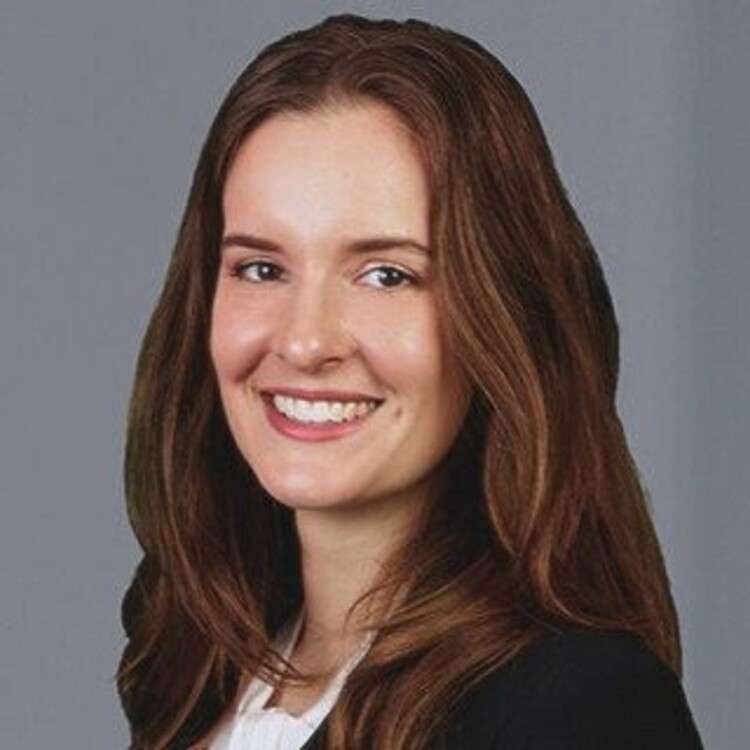
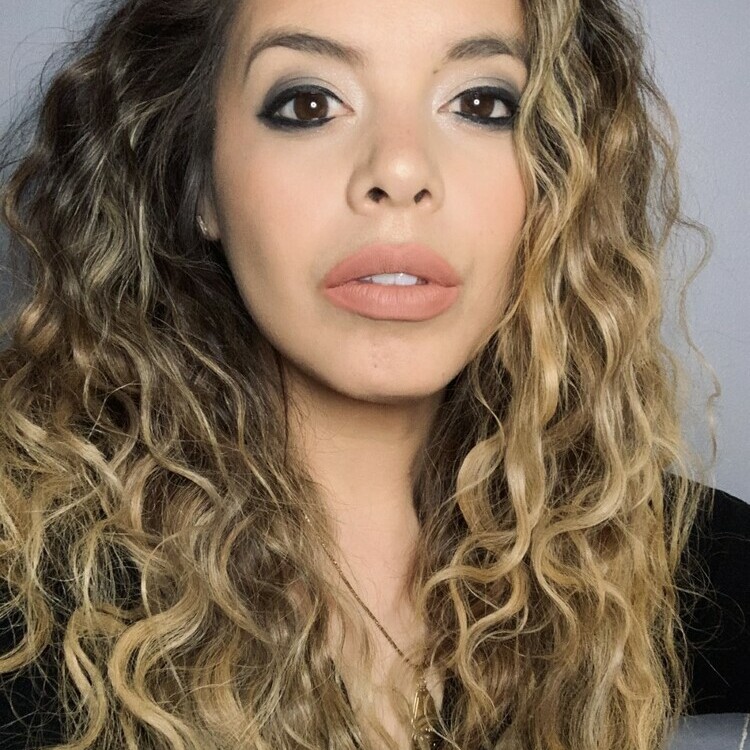


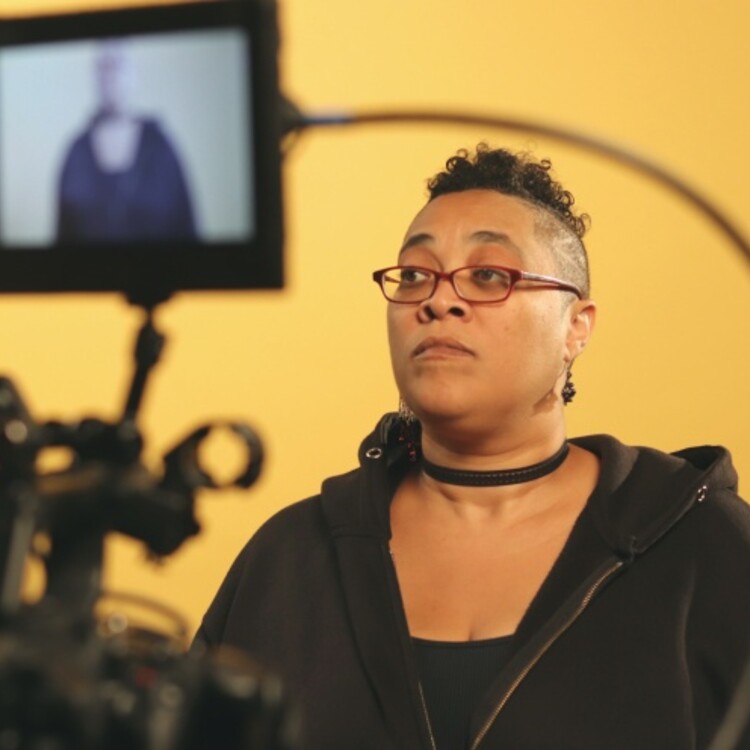

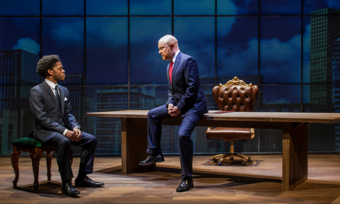



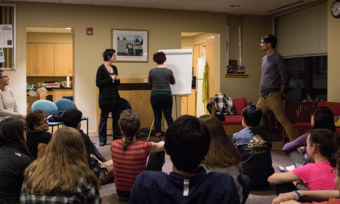




Comments
The article is just the start of the conversation—we want to know what you think about this subject, too! HowlRound is a space for knowledge-sharing, and we welcome spirited, thoughtful, and on-topic dialogue. Find our full comments policy here